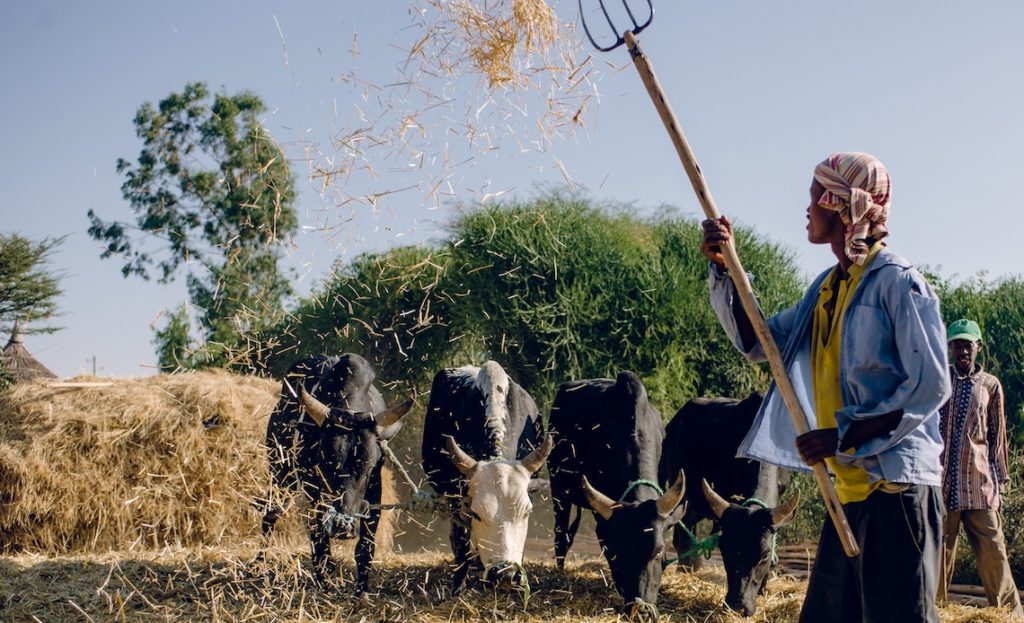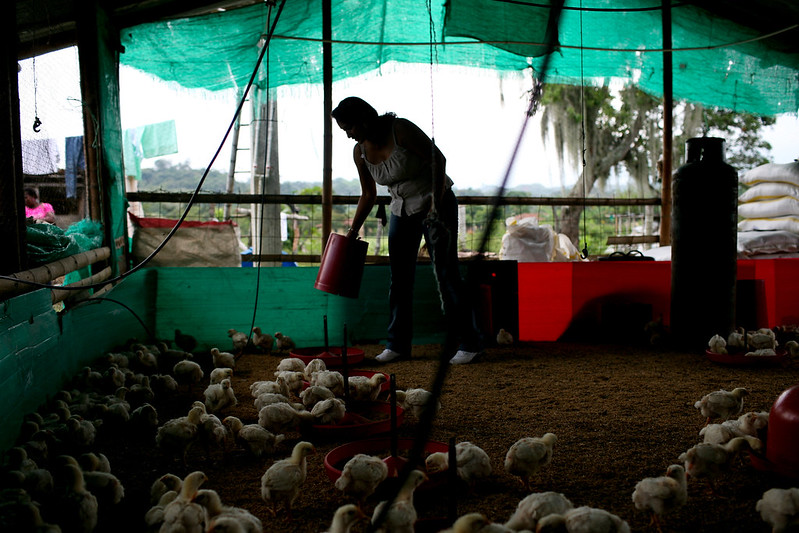Rinderpest, swine fever, niphah virus disease, porcine diarrhea are names that do not sound too familiar to many people. For those engaged in animal husbandry though, either on the ground or in research, these are synonymous with big trouble. These epidemic animal diseases have had and have consequences way beyond respective animal production units. The current COVID-19 pandemic has proven once again how interconnected and fragile our food system is, and how invasive and detrimental human intervention in natural ecosystems can be. Even though only a few are transmissible to humans, animal epidemic diseases must be detected and treated before entire local economies are disrupted.
On September 7th, 2021, the Swedish Royal Academy of Agriculture and Forestry (KSLA) arranged a webinar on the topic of transboundary animal diseases (TADs), that touches actors across food systems. Actors from academia, research, policymaking, and the private sector gathered to discuss approaches that would undermine TADs and enable economies worldwide to benefit from healthy livestock keeping by learning from the past and thus preventing further animal diseases from spreading globally. The webinar was presided by Peter Roeder, who was awarded the Bertebos Prize in 2020 for his work on epidemiology, diagnosis, and control of TADs. He specifically contributed to eradicating rinderpest in the Global Rinderpest Eradication Programme of the Food and Agriculture Organization (FAO) between 2000 and 2010.
Key drivers of pathogen emergence and spread of TADs
Diseases occur at all times and emerge worldwide at various levels. In a virgin ecosystem, natural cycles even out population growth and ensure the thriving of different animal, virus, or bacteria populations, living together in equilibrium. The chances that a disease present in a single animal or in a single animal population spreads to other herds, species and territories, are very low, as Trevor Drew, Australian Centre for Disease Preparedness, pointed out. In fact,
“[Transboundary animal diseases are] difficult to spot, sometimes not known until a human dies”, Ian Brown, Head of Virology, APHA, UK, added.
When there is a disease breakthrough though, the consequences are detrimental to both animal and human health, besides disrupting local economies. When entire communities depend on animal husbandry for food and trade and use manure as household fuel as well as natural fertiliser, animal diseases can rapidly lead to famines and social insecurity.
All speakers agreed on the variety of drivers that facilitate pathogen spread.
First, it must be understood that any human activity interferes with natural life cycles, and that most animal diseases reach a larger scale because of poor human management; 60% of all infectious diseases are thought to come from close contact between animals and humans. Globalisation and international trade, especially illegal trade, make it tedious to keep track of contaminated animals and animal products exported to other countries. Due to road building, settlements, mining and farming, deforestation obliges wild animal populations to concentrate on shrinking areas, and ultimately to migrate to farming areas, where they are prone to contaminate farmed animals. Climate change and related disasters, biodiversity loss, human growth are additional elements that facilitate endemic animal disease emergence.
Human migration is also a factor that eases infection spread, besides the importance of close-to-home livestock keeping for a vast majority of the worldwide population. Animal husbandry exists in all parts of the world, what differs is the infrastructure, and thus the way TADs emerge, spread and can best be tackled.
Furthermore, Peter raised concern about the appearance of new pathogens when farming new animal species such as larvae or locusts for human consumption and for feed production, going against the current trends seeing consumption of insects as the solution to end food insecurity. Outdoor keeping, especially in big herds, is also prone to spreading new diseases, brought by migratory birds and other external parasites.
Being briefed on some of the reasons for TADs to spread from animal to human, where do the solutions now lie? And whose responsibility is it to tackle that issue?

